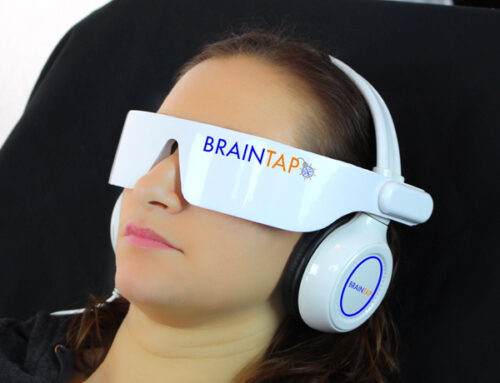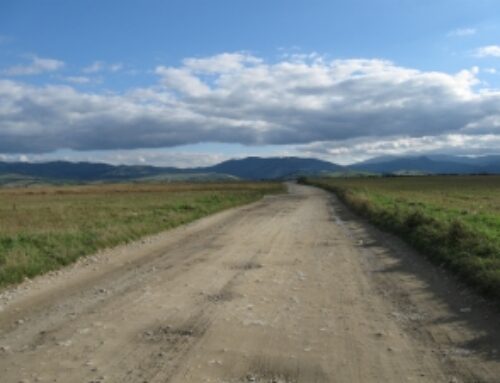IS YOUR CHILD’S BACKPACK TOO HEAVY?
6 STEPS TO PREVENT INJURY
A new and disturbing trend is emerging due to the use of overweight backpacks for our youth, leading to back pain much earlier than previous generations, according to the American Chiropractic Association (ACA). A study conducted in Italy a few years ago, found that the average child may be carrying a backpack equivalent of a 39-pound burden for a 176-pound man or a 29-pound load for a 132-pound woman, causing a growing trend in back pain among youngsters.
6 STEPS TO SAFE BACKPACK USE:
- The maximum weight of your child’s backpack should not exceed 10% of his or her body weight. (ex: a child weighing 85 pounds should not have a pack exceeding 8.5 pounds) A heavier pack will cause your child to bend forward to support the weight on his or her back rather than the shoulders, by the straps.
- Choose the correct size backpack. It should never hang more than four inches below the waistline or it will put increased weight on the shoulders and cause your child to lean forward when walking.
- Contents in your pack are most effectively positioned with individualized compartments. Bulky or pointy objects should not be packed on the area that will rest on your child’s back.
- The straps should be wide and padded and both straps should be worn. Improperly using one strap over the shoulder can cause permanent misalignment of the spine, muscle spasms and back pain. They should be adjustable so they are fitted to your child’s body and not dangle uncomfortably which can also cause a shift of weight and result in spinal pain. If the backpack has a waist strap use it!
- Lift correctly by facing the pack, bend at the knees, using both hands check the weight of the pack, lift with the legs and apply one strap and then the other.
- Discuss options with the teacher if the child’s backpack is too heavy. Your child may be able to leave heavy books at school and bring home hand-outs and lighter workbooks.
EVERY CHILD IS DIFFERENT AND HAS UNIQUE NEEDS
Our goal is to support our children and create a healthy space for them to enjoy optimal wellness. Kids are natural explorers as they run, fall and bounce around a lot. They are quite resilient as their ability to recover quickly from an injury is one of the great benefits of being young. However, one of these injuries may impact a child’s spine without causing any or little lasting pain and have a long-term effect on spinal muscles, ligaments and spinal nerve function. If muscles and ligaments are irritated or inflamed, the mechanical integrity of the spine is compromised. The short and long-term results may result in loss of range of motion in the neck, back or one or more joints, muscle pain, stiffness and tightness, headaches, numbness or tingling, frequent colds, gastrointestinal problems, allergies and asthma. Therefore, when it comes to vibrant health for you and your family, preventing a problem is easier than treating a problem.
WHEN WAS THE LAST TIME YOU HAD YOUR CHILD’S SPINE CHECKED?
The health of your child’s spine and overall well-being needs to be taken very seriously. Your child’s backpack weight plays a huge influence. Keeping your child’s spine healthy will improve their posture, decrease their chance of injury, improve their overall health and help to avoid spinal problems as scoliosis. Our goal is to gently treat the entire neuromusculoskeletal system and provide advice on nutrition, posture and exercise, thereby helping stimulate one’s body’s natural healing process. Studies have shown that children who receive regular chiropractic care are less frequently ill, are able to concentrate better in school and are overall healthier. As parents and caregivers, isn’t this what we want for our kids?
Yours in Health,
Dr Iris Rosenfeld
25255 Cabot Rd Ste 110 Laguna Hills, Ca 92653
949-380-7215
[email protected] www.driris.com




